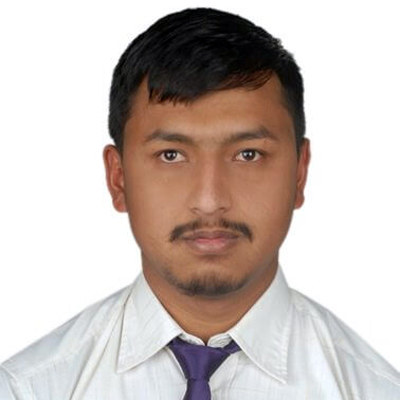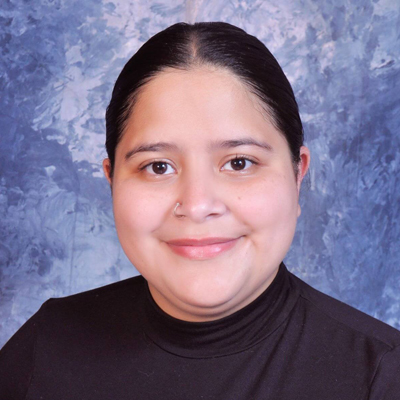
Nir Shrestha, Nepal
An inclusive development enthusiast and a youth with disability rights campaigner, Nir has been advocating for disability rights, particularly inclusive and quality education for children with disabilities, and has worked as a consultant on several inclusive education projects.

Maria José, Guatemala
An advocate for guaranteed human rights for people with disabilities, Maria is also part of the UNDP youth advisory group in Guatemala. She is a core supporter of Miss Wheelchair Guatemala and believes in sport as a tool to create a better world.

Amara Aguilar, Honduras
An activist for women’s rights and people with disabilities in Honduras with Foro Dakar Honduras and FENAPAPEDISH, Amara co-founded Colectiva Mariposa 88 HN, an NGO for women with disabilities and their families. She is passionate about education.
